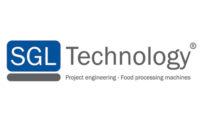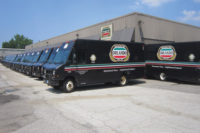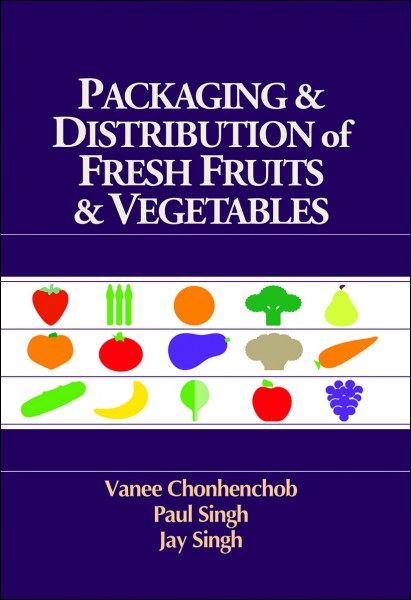Here, at Tennessee Bun Co., we were approached by a customer who was looking for a supplier of buns, which sounds easy enough, because after all, we produce buns. The challenge presented to us involved packaging for these buns, as the customer’s operation required special handling. This means we needed to slice the buns, pack a specified amount of them into chipboard trays, stack the trays together and overwrap the stacks before placing them into shipping containers. We have packaged our buns using bulk wrappers and bagging equipment, but never tray-packed and stacked buns in this manner. The packaging process sounded like it might be a real challenge in order to make this project work.
Our first hurdle started with the chipboard tray, the most critical component in the process. Working with our supply chain partner, we sourced a tray that met the customer’s criteria. But we were unable to find packaging equipment that could place the sliced buns into the tray, which meant we would be required to place the buns in the trays by hand. We chose a pre-glued tray that allowed operators to open the trays in one fluid motion before placing the buns inside. The tray allowed the operators to meet time limitations that we calculated from our methods time measurement study. But each tray had to be opened, filled and moved within six seconds in order to achieve a run rate necessary to meet a target cost.
We decided that once the buns were trayed, we would triple-stack the trays before overwrapping them. But our equipment options for stacking the trays didn’t fit the space limitations we had available. Therefore, we decided to stack the trays by hand. We evaluated equipment for overwrapping the trays, and found many options. We chose overwrapping machines because they are the most reliable for the application. For the package to be considered a win for our customer, it needed to be opened with one hand. The seal had to be strong enough to endure handling and the final packaging process, but not so strong that it couldn’t be opened at our customer’s point of use.
So we tested the overwrapping machines and sealing options in our customer’s facility to ensure the film seals were properly balanced for both applications. As we continue to evaluate our packaging operations, we want to find solutions for placing sliced buns into the chipboard trays, and then stack the trays together before overwrapping them. This seems to be the trickiest sequence in our experience, and it’s challenging to find a solution for sliced buns.
If the buns weren’t sliced, placing them in trays would be easy, as many automatic options are available to tray-pack buns. Early on, we thought of placing the buns in the trays before slicing them, as this could be an opportunity to utilize current proven technology. We are still investigating this option, as it our preferred method. If we can place the buns into trays before slicing and maintain slice integrity, we would be able to reduce costs significantly.
Another option we’re considering is to upgrade our final packout method, meaning, the way we pack the trayed product into shipping containers. Using bread trays to transfer the product seems simple, but most robotic palletizers currently available usually require a larger tray size than the one we use. Changes to the bread tray size would then change our shipping quantities and our customer’s handling abilities, which wouldn’t be practical.
While our vision for our packaging processes isn’t complete, we’ll continue to evaluate packaging equipment further. And using out-of-the box thinking will play a part. It helped us figure out how to load the trayed product into the shipping cases and meet our customer’s requirements. Our final product was well received and is effectively in use by our customer.









